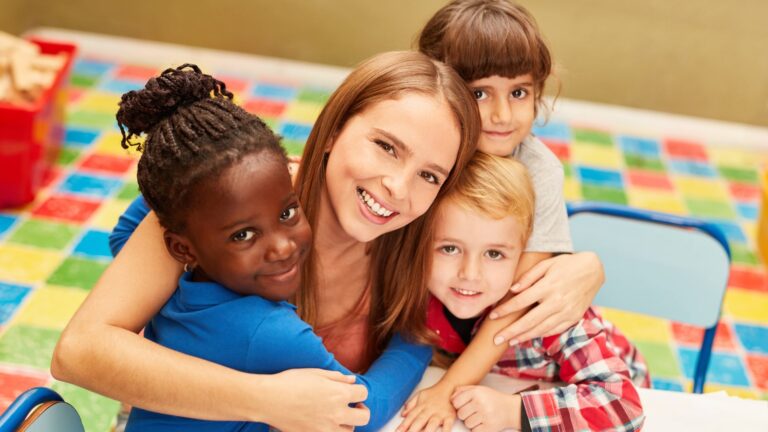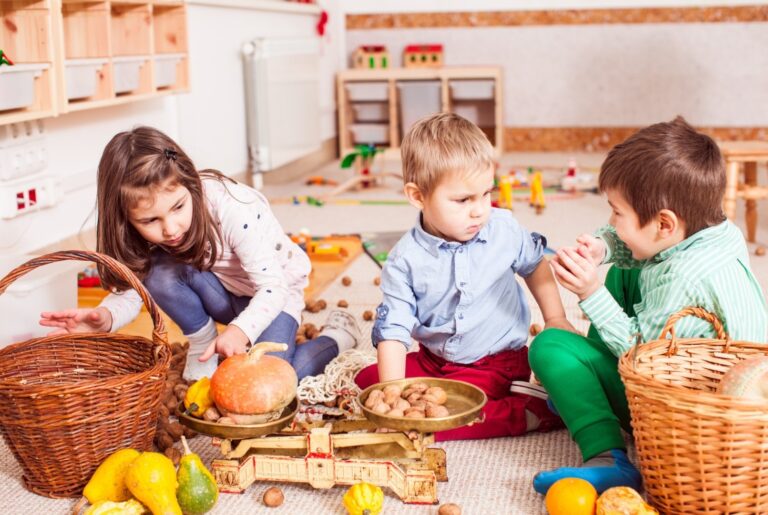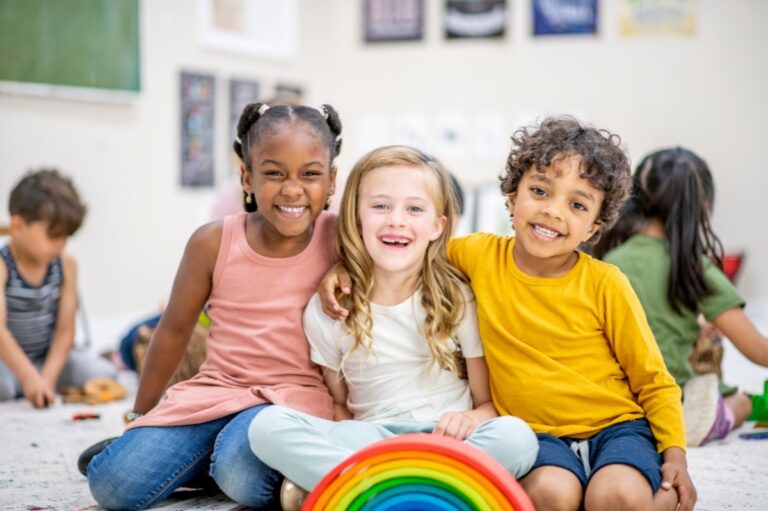From Building Blocks to Big Ideas
How Project-based learning is Transforming the Way Kids Learn
Project-based learning (PBL) is an approach to education that emphasizes the use of projects or activities to help students learn key concepts and skills. In early childhood education, PBL can take on a variety of forms, but it typically involves giving children opportunities to explore, experiment, and solve problems through hands-on projects.
The key components of PBL
1. Active engagement
Children are actively engaged in the learning process, which means they are exploring, experimenting, and solving problems on their own or in groups.
For example, a project where children are asked to design and build their own cardboard city. They would have to work together to create buildings, roads, and other features of the city, all while using their creativity and imagination to make it unique.
2. Learning by doing
Children learn by doing, which means they are encouraged to experiment and make mistakes as they work on their projects.
An example of this could be a science project where children are asked to grow plants from seeds. They would be given a set of instructions and tools, but they would have to use their own knowledge and experimentation to figure out the best ways to care for their plants.
3. Real-world relevance
Projects should be relevant to children’s lives and interests, so they are more likely to be engaged and motivated to learn.
An example of a project that is relevant to children’s lives and interests could be a community service project where children help clean up a local park or playground. This project would allow children to learn about their community, develop a sense of responsibility, and make a positive impact in their neighborhood.
4. Collaboration
Children work in groups to complete projects, which helps them develop important social skills like communication and collaboration.
An example of a collaborative project for kindergartners could be a group art project where children work together to create a large mural or collage. Each child could contribute their own unique artwork to the project, and then the group could work together to arrange and assemble the pieces into a cohesive final product. This project would encourage creativity, teamwork, and communication, while also allowing each child to express their individuality.
5. Reflection
Children reflect on their learning throughout the project, which helps them internalize new concepts and skills.
An example of how reflection could be encouraged in a project could be by asking children to share their thoughts and experiences with their classmates. They could take turns talking about what they learned, what challenges they faced, and how they overcame them. This could be done through group discussions, show-and-tell sessions, or other age-appropriate methods. By encouraging children to reflect on their learning in a social setting, they can develop self-awareness and learn from their peers.
6. Fun
Having fun during Project-based Learning is crucial. It is important to create an environment where children can enjoy the learning process and feel motivated to participate in the project. When children are having fun, they are more likely to be engaged and retain the information they are learning. Fun is a key component of PBL, and it is essential to ensure that children are enjoying the process of learning while they are working on their projects.
PBL projects in early childhood education can be as simple as building a tower with blocks, creating a mural with paint, or even planting a garden. These projects allow children to explore their creativity and imagination, while also learning important STEM (science, technology, engineering, and math) skills like problem-solving, critical thinking, and observation. As they work together, they’ll develop a sense of community and learn to appreciate each other’s unique contributions, while also building a foundation for future learning in STEM fields.
PBL projects can be a fun and engaging way to introduce young children to STEM concepts, and promote social-emotional development. This can help children to develop a love for science and math early on and build important skills that will serve them well in the future.

Elevate your teaching skills and stay ahead of the curve! Receive our monthly Insights, packed with professional development opportunities, classroom inspiration, and the latest trends in education. Don’t miss out on the chance to take your teaching to the next level. Subscribe now!







